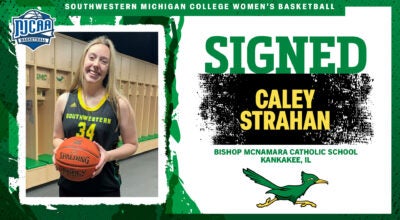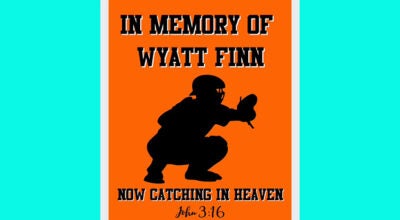Larry Lyons: The grosbeaks followed us home
Published 10:46 am Monday, May 17, 2010
 You may have noticed this column’s absence the last several weeks. My incessant wanderlust once again beckoned me to ride the winds – the Trade Winds of the Caribbean to be specific. Wife and I just spent three glorious weeks on a remote southern Bahamas island pursuing the frustratingly elusive bonefish. We even caught a respectable number, which is never a guarantee with these silver ghosts of the white sand flats.
You may have noticed this column’s absence the last several weeks. My incessant wanderlust once again beckoned me to ride the winds – the Trade Winds of the Caribbean to be specific. Wife and I just spent three glorious weeks on a remote southern Bahamas island pursuing the frustratingly elusive bonefish. We even caught a respectable number, which is never a guarantee with these silver ghosts of the white sand flats.
Upon our return home one of my first tasks was to fill the forsaken bird feeders. Of course, all our regular customers had long ago concluded the free meals were over and had gone back to living a bird’s life. It would take time for the word to spread that we were back in business. They soon began trickling back in, though, and I was delighted to see that, right on schedule, one of my favorite birds had followed us back home from the tropics. Among the first to show up at the feeder was a rose-breasted grosbeak, one of our most strikingly colored birds.
I’m not sure where the rosies call home. I guess if home is defined as where you were born, then it would be here in North America for this is where they breed and nest. On the other hand, if home is where you spend most of your time, then they would be residents of Central and South America. In reality, since they don’t vote or pay taxes I doubt they concern themselves much about citizenship.
Every year the rose-breasted grosbeaks return here to their nesting area, usually near the same place they were born. This could be anywhere across southern Canada and the upper U.S. east of the Rocky Mountains. Unlike many migrating birds that pound out as many miles as fast as they can, rosies prefer more leisurely travel. They putt along, regularly frequenting feeders and other suitable rest stops along the way so at least in the spring and fall most every bird enthusiast in the eastern U.S. has a good chance of seeing them.
They typically arrive here in the northlands in late April and early May. Their preferred habitat is the shrubby edges of deciduous forests, especially older forests that aren’t too dense. Here they prowl amongst the shrubs and trees in search of a widely varying array of insects, seeds, berries and fruits and even some garden vegetables. Though not particularly acrobatic fliers, they are also known to catch insects on the fly like swallows. At least that’s what normal rosies do. Those here at my place just lounge on the sunflower seed feeder all day long. I wouldn’t be surprised if come fall they have to take refresher courses in flying and foraging in order to make it back to their winter grounds.
As September wanes and the days take on a hint of fall crispness the rosies pack up and begin to wander back south to warmer climes. Many will reach central and southern Mexico and call it good enough. Others will continue on to Central America and northwestern South America. A few will opt for Cuba, Puerto Rico or the Virgin Islands.
There are some interesting things going on with rosies. A century of fire suppression in the Plains States has allowed some tree encroachment into the grasslands and the rosies are expanding their range into these areas. They are also staying longer here in the north. Until the late 1900’s they were rarely seen at their nesting grounds before May or after September. Now many arrive in April and don’t leave until well into October. A sign of global warming perhaps? Unlike many species, man-altered habitat which often creates the shrubby edge areas, suits the rosies perfectly.
Yet, despite an expanding range, warmer climate and increased habitat, rose-breasted grosbeak numbers are slowly declining. No one has figured out why but, being a forest bird that did not evolve dealing with the grassland’s parasitic cowbird, I would suspicion the massive cowbird invasion that has taken place throughout much of the grosbeak’s nesting range.
Carpe diem.
Larry Lyons writes a weekly outdoor column for Leader Publications.
He can be reached at larrylyons@verizon.net






